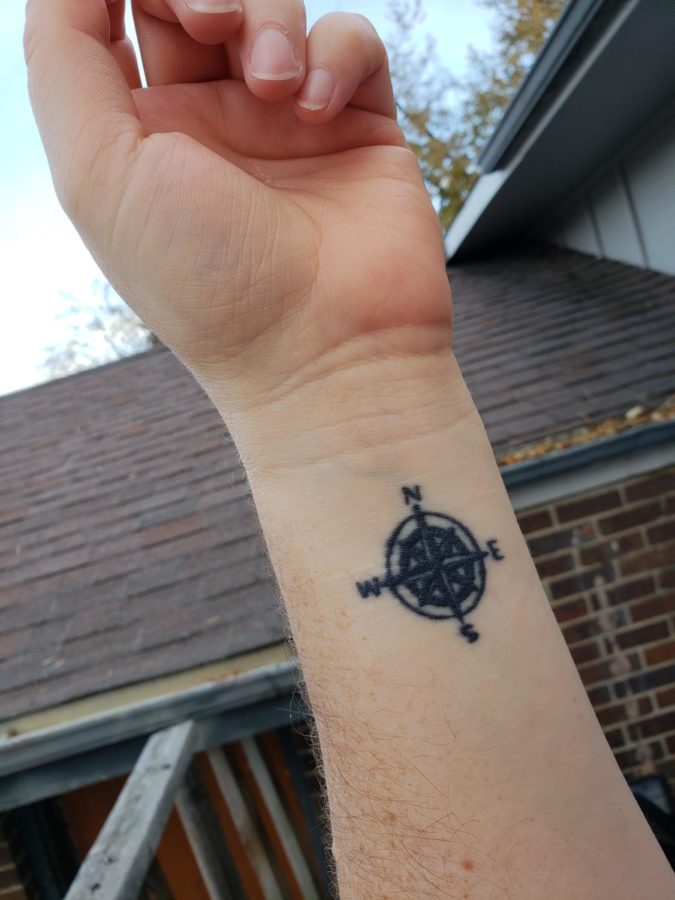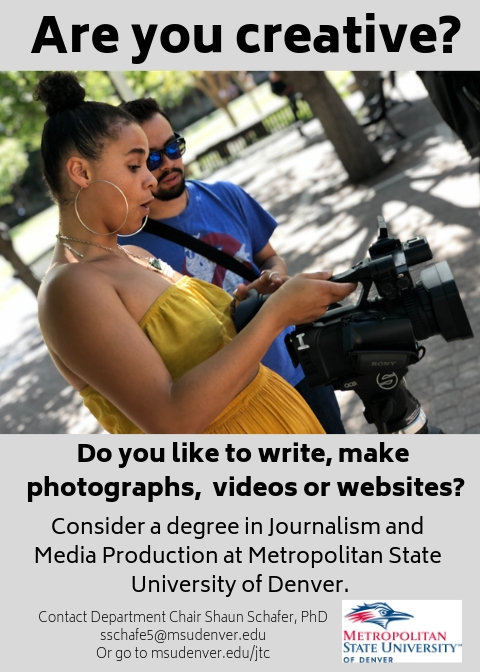Tattoos: Yay or Nay?
October 26, 2018
Hearts that say “Mommy” in the middle and chunky anchors on cartoon biceps. Isn’t this what we think of when we hear the word “tattoo?” Or, have our thoughts turned to tattoos of modern rappers Post Malone and Lil Pump? Whatever we think of when we hear “tattoo,” I’m sure the question that pops into each of our heads is, “Why would they get that?”
For centuries, tattoos have decorated people’s bodies. The earliest evidence of tattoos is on a man nicknamed the “Iceman,” who was found on the Italian-Austrian border. After him, multiple pieces of evidence from Egypt hint that tattooing was a popular female practice, contrasting from the usual association of men and tattoos. Female mummies have been found with tattoos on their faces and abdomens (the abdomen tattoos are believed to have been protective charms to guard the baby from outside harm).
In other cultures, such as Greek, Asian, and Polynesian, tattoos signified social status, art, and religious standing. It wasn’t until Christianity grew in popularity that tattoos started to grow a negative stigma around them, as the Christians said tattoos disfigured the image God had made. Tattoos became something “bad people” had marked on their bodies. But in these more recent times, the artistry of tattoos, permanent or not, has been recognized again and are growing in popularity.
Tattoos today usually have deeper meanings in them, such as a memento of a memory or a lost loved one. They adorn our bodies like permanent jewelry, or permanent regrets. Anywhere one can look, it is likely they will see someone with a tattoo. These tattoos could mean anything; they could have deep, personal meanings and messages to them or they could be from pure impulse, drunken or not. Whatever the reason, there is a story behind it.
Ms. Carroll, a Spanish teacher, has two tattoos, both with meanings and stories behind them. She believes, “tattoos are a really cool form of expression and a beautiful form of art as well. I also see it as something different from traditional artwork, like if you have artwork in your house, you can change it out, but when it’s on your body, it’s there for a long time.” One is of a Columbine flower, which she got during her college years when she was out of state so she could always have that connection to her home state. The other is a personal quote. Ms. Carroll is passionate about tattoos and loves the artistry and skill put into each one (at least, the ones that are done well). She watches Inkmaster, a show about tattoo artists; this show expands on the artists story of why and how they got into tattooing. The show also showcases the style of each artist as they tattoo people, whose stories and meanings behind the tattoos are expressed as well. Ms. Carroll’s advice she has given friends and anyone else who asks is, “do something that makes you feel like you’ve tried it out for a little bit, like some people will do something similar and draw it on with a sharpie or something and just try it out. Do your research about artists, ask to see their previous work; now, obviously, it’s really easy ‘cause if someone has a bad experience, they’ll put that online, so do your research and also ask for recommendations.”
Other teachers have tattoos as well, such as Mrs. Davidson, who has a bear representing her favorite band, stars to show she is from Chicago, and an arrow that she got after she completed a marathon. Mr. Lay, another teacher with tattoos has a quote that acts as his personal mantra to remind him who he is and a symbol on him representing his religious standing. The thoughts of the teachers differed from the thoughts of students. Some students like Rebecca Decker (12) and Isaac Horton (10) didn’t want tattoos, because the permanency, commitment, and expenses. Horton likes the idea of tattoos but doesn’t want one for himself, he says, “my dad has Japanese writing on his arm and it means ‘life.’” Horton loves the idea of tattoos, but he would never want one for himself, while Decker, who doesn’t like tattoos and doesn’t want tattoos, thinks, “Why would you get them? You’re permanently putting them there and there are other options, like you could do a sharpie or henna. I feel like putting something permanent on your body is not a good choice.”
Other students like Devin McFadden (12) sat on the fence. He sees both sides equally. He said, “I think they’re cool, I think it’d be cool to have a symbol that means something to you, but at the same time I think that if it’s just like a spontaneous decision I think it could be stupid.” McFadden said he didn’t mind people receiving tattoos as long as they were carefully planned and thought-out. He would never get a tattoo but doesn’t judge people who do.
Students like Maddie Cathelyn (12) already had or were thinking about getting a tattoo. Students who had or were thinking about tattoos, wanted personal meanings and stories behind them, like Cathelyn. She’s always thought about getting ”stuff related to Colorado, quotes I love, things representing my family.” She has been carefully planning her tattoos since middle school, and is set on receiving her first one when she turns 18. The reasoning behind her getting tattoos is a mixture of rebellion against people who think of her as “normal” and freeing herself from feeling mundane.






